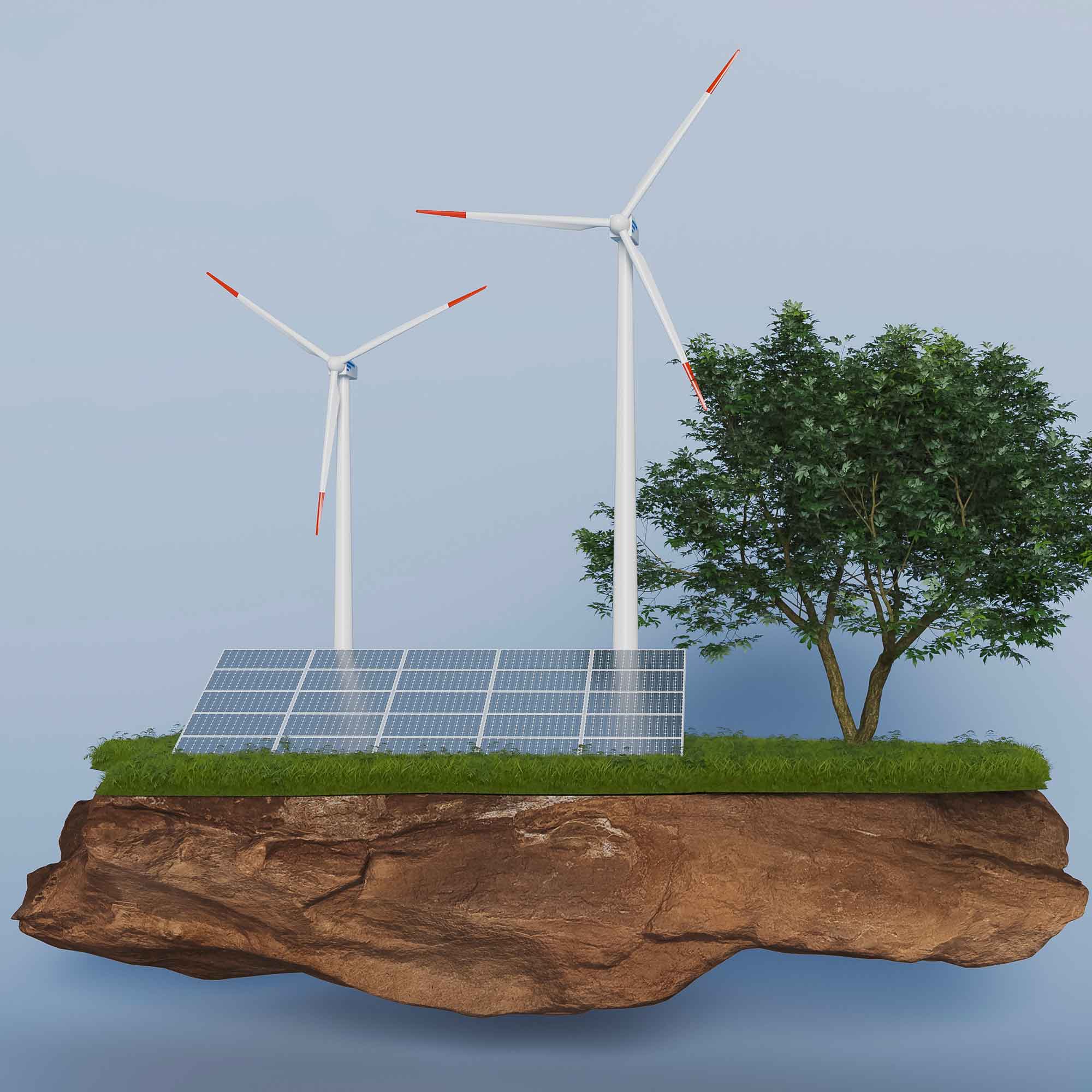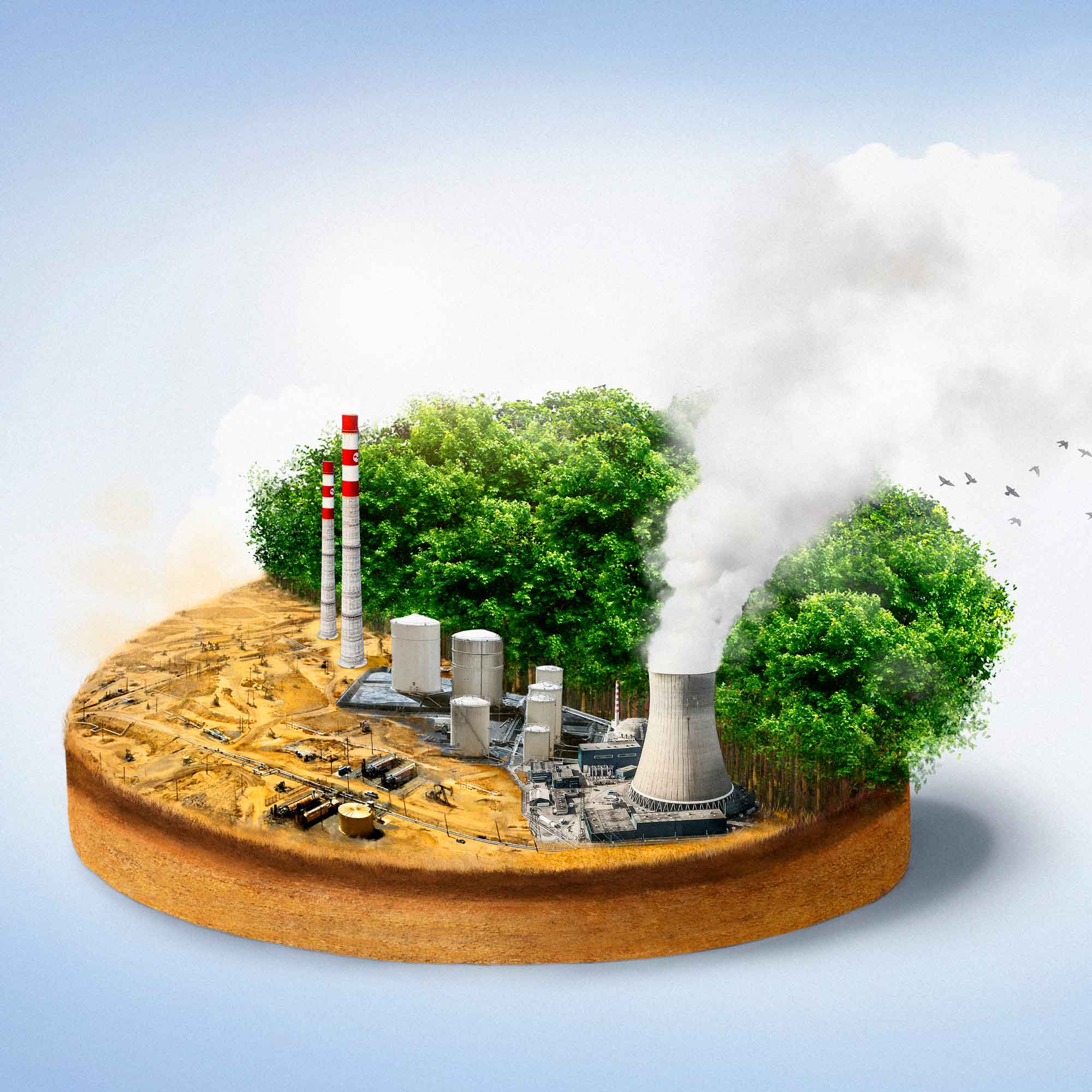Bioenergy
Bioenergy is a type of renewable energy that is derived from biological sources, such as plants, animals, and organic waste. It is produced through the conversion of biomass, which refers to any organic material that comes from living or recently living organisms.
There are several ways to produce bioenergy. One common method is through the use of biofuels, such as ethanol and biodiesel, which are derived from crops like corn, sugarcane, and soybeans. These crops are grown specifically for energy production and can be processed into fuels that can be used in transportation or to generate electricity.
Another way to produce bioenergy is through the use of biomass boilers, which burn organic material like wood chips or agricultural waste to generate heat and electricity. Biomass boilers can be used in homes, businesses, and large-scale power plants.
Bioenergy can also be produced through the use of biogas, which is a type of fuel that is generated by the anaerobic digestion of organic waste, such as animal manure and food waste. The biogas can then be used to generate electricity or as a fuel for heating and transportation.
One of the main advantages of bioenergy is that it is a renewable source of energy that can help reduce dependence on fossil fuels. Additionally, it can help reduce greenhouse gas emissions by diverting organic waste from landfills, which produce methane, a potent greenhouse gas.
However, bioenergy also has some drawbacks. For example, the production of biofuels can compete with food production, leading to higher food prices and potential food shortages. Additionally, the production of bioenergy can have environmental impacts, such as deforestation and the use of pesticides and fertilizers. Overall, the sustainability of bioenergy depends on how it is produced and managed.
How It Works
Biomass is a type of organic matter that can be used to produce energy through a process called combustion. Biomass includes a wide range of materials, such as wood, agricultural waste, and municipal solid waste. In a biomass power plant, the biomass is burned to heat water and produce steam. The steam is then used to turn turbines, which generate electricity. The process is similar to how a coal-fired power plant works, except that biomass is used instead of coal.
Biomass can also be converted into other forms of energy through a variety of processes, including gasification, pyrolysis, and fermentation. In gasification, biomass is heated in the presence of a limited amount of oxygen to produce a gas called syngas, which can be used as a fuel for heating and electricity generation. In pyrolysis, biomass is heated in the absence of oxygen to produce a liquid called bio-oil, which can be used as a fuel or feedstock for the production of chemicals. In fermentation, biomass is converted into ethanol or other biofuels through the action of microorganisms.
One of the advantages of biomass is that it is a renewable source of energy that can be used to reduce dependence on fossil fuels. Additionally, biomass can help reduce greenhouse gas emissions by diverting organic waste from landfills, which produce methane, a potent greenhouse gas.



Get In Touch With Us!
+254 717 108 280
info@kingdomenergies.com
